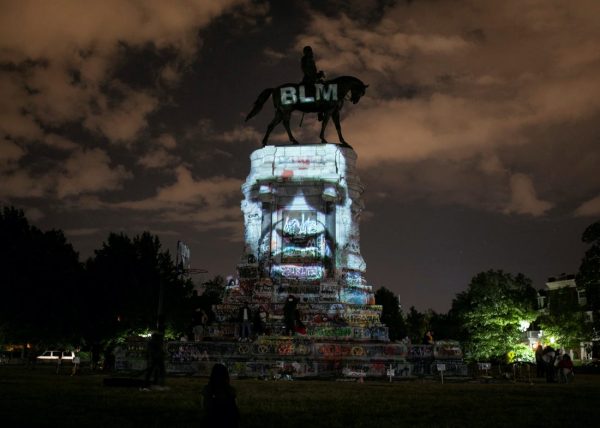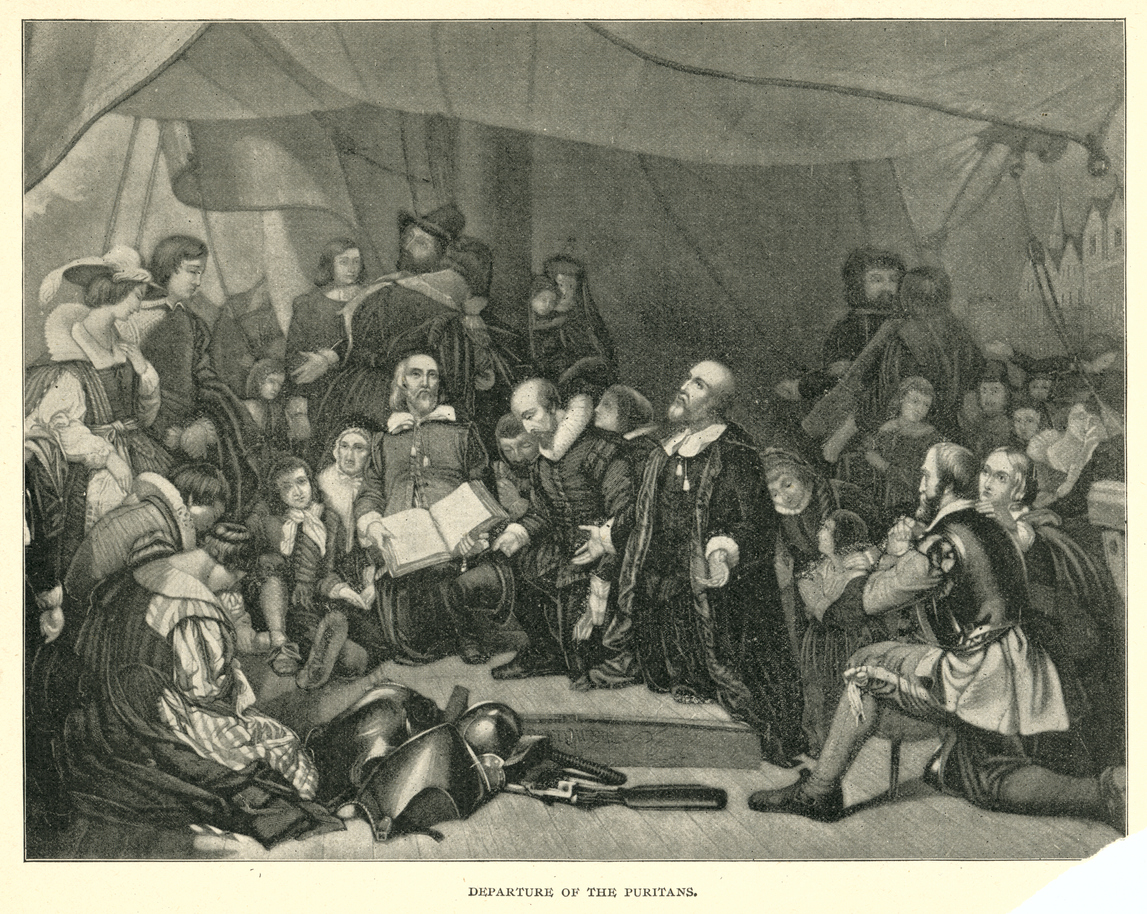Bringing peace back to our streets means getting serious about what’s going on.
Identity Politics Isn’t Our Demographic Destiny

America’s rising ethnic groups won’t settle for woke religion.
During recent heated discussions in the Virginia state senate over admissions standards for selective high schools, State Senator Chap Peterson, who represents Fairfax City, sought to defend admissions practices at the highly-selective Thomas Jefferson High School for Science and Technology, where over 70 percent of incoming freshmen are of Asian origin (20 percent are white, 2.4 percent Hispanic and 1.5 percent black). Peterson noted that the school has significant minority representation, namely the substantial Korean, Indian, and Bengali composition of the student body. State Senator and President Pro Tempore Louise Lucas of Portsmouth shot back, “I would appreciate if you would put a better definition to minority. Because I know you’re not talking about people that look like me.”
Lucas is African American and represents a majority black district in southern Virginia, with few Asians or Hispanics. Fairfax County, in wealthy Northern Virginia, is much more diverse (20 percent Asian, 16.5 percent Hispanic, and 10 percent black). Over a third of the county’s residents are foreign born. In the end, Northern Virginia’s white liberal Democratic senators voted with Republicans to reject dilution of the schools’ strict admissions policies advocated by African American Democrats and supported by Democratic Governor Northam.
Concurrently, a wave of violent crime perpetrated against Asian Americans in cities across the country sparked high level media and political attention. Though most of the perpetrators of these hate crimes are nonwhite, rallies held in both California and New York in support of the Asian community specified their resolve against “White Supremacy.”
“Even if perpetrators of violence are people of color,” Pulitzer Prize-winning novelist Viet Thanh Nguyen tweeted, “the solution is not to fallback on racist assumptions of our own but to hold the system of white supremacy responsible for dividing us.”
Asian-American fashion designer Phillip Lim insisted that former President Trump is responsible for the rise in violence against Asians. “He is responsible,” said Lim. “He is the face of modern racism and doesn’t represent today’s America.” Contrary to Lim’s perspective, 90 percent of all anti-Asian hate crime arrests in New York City in 2020 involved black or Latino perpetrators.
The prevalence of intercommunal racial hate crime that doesn’t involve white people reveals a complex reality at odds with the simplistic narrative of white oppression of blacks that dominates American discourse, especially since the death of George Floyd in May 2020. The term “people of color” was made current in an effort to gloss over the differences between nonwhites, suggesting a common experience as victims of discrimination and racism. More wish fulfillment than reality, the term has come in for criticism among “people of color” themselves, who see it, correctly, as reductive.
Given America’s increasing diversity, one would expect our betters to move away from racialist rhetoric, embracing commonalities rather than differences among Americans, but the opposite has happened. It isn’t just that statues have come down but that the historic and institutional glue holding the American story together is under assault as never before. The enthusiastic adoption by corporate America, by high status affluent white liberals, and social media companies of the same leftist racialist ideology means that corrosive identity politics are here to stay. Instead of drawing together, we are being coerced to see everything through the lens of race, dividing into contending tribes disputing degrees of victimization.
This is unlikely to end well, at least for those on the losing side. Nicholas Griffin’s excellent 2020 book The Year of Dangerous Days, about Miami in 1980, offers a glimpse into one possible American future. In 1980, a major riot broke out after white Miami policemen were acquitted by a Tampa jury in the killing of black insurance salesman Arthur McDuffie. But 1980 was also a key year in the consolidation of Hispanic, mostly Cuban-American, power over the city, pushing aside both the traditional Anglo power structure and an African-American underclass.
Miami’s past is not America’s future— yet. But according to census trends, the United States will be a “minority white” population in 2045. Hispanics will be at least a fourth of the population. The native black population will retain its share of the population, but both Asians and Hispanics will experience explosive growth. Both those categories are broad artificial definitions: Mexicans and Cubans, Indians and Chinese are very different from each other. But they are also very different from white and black Americans. What will be the impact of the coming demographic earthquake on an America in thrall to Black Lives Matter, the “1619 Project,” Critical Race Theory, and all the other Manichean racial constructs of today?
Acute demographic change coming on top of a charged social environment rife with identity politics will manifest itself in new and unexpected ways. In 1980s Miami, whites and blacks allied in a failed attempt to keep Cubans from power. In 2020, liberal pundits were distressed by surprising Latino support for President Trump. But there is no guarantee that new generations of immigrants will be on the political right. Asian Americans have moved left and there is a long history of progressive American politics driven by immigrant populations. Will the affluent liberal white elites in the forefront of woke politics retain both their privileges and their radicalism? Will we all learn to share or will it be the second coming of a racialized political spoils system, Tammany Hall on steroids? Anything is possible in an America which seems hellbent on political and social deconstruction followed by massive demographic shifts.
The American Mind presents a range of perspectives. Views are writers’ own and do not necessarily represent those of The Claremont Institute.
The American Mind is a publication of the Claremont Institute, a non-profit 501(c)(3) organization, dedicated to restoring the principles of the American Founding to their rightful, preeminent authority in our national life. Interested in supporting our work? Gifts to the Claremont Institute are tax-deductible.
"Relativism," contra Jaffa (and Bloom), was merely administrative compromise. But the academy no longer believes all sin is relative...
Partisanship has swallowed God whole.



